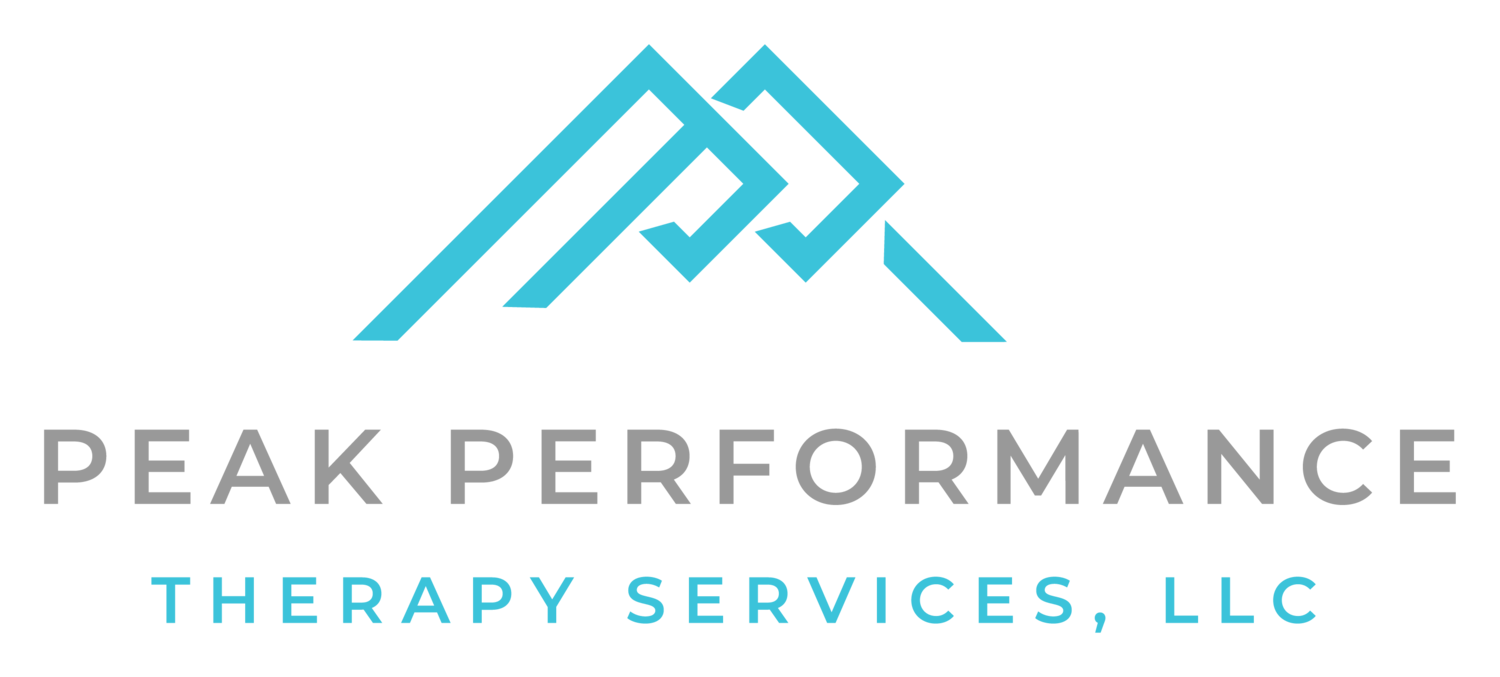How to Get a Stiff Neck Moving Again
Ever sleep in a funky position and wake up feeling like you are stuck in a neck brace?
Yep. Us too. Here in the south, this is commonly referred to as having a “crick” in your neck. Sometimes it seems like the slightest deviation from our normal sleeping position causes the most stiffness and pain!
We see patients for this all the time, so we figured that we would share a few key exercises that we prescribe for our patients to do at home to keep their necks functioning (and so they can drive home safely, because let’s be honest, no one feels safe driving a car with a stiff neck!!!)
First though, let’s talk a little bit about the neck and what happens when you wake up with that extreme stiffness.
More often than not, the extreme stiffness you feel when you wake up in the morning is due to a capsular impingement of one or more of the facet joints in your neck. This can range from pretty mild, where you only are limited in a few directions (typically with neck rotation toward the painful side, side bending to that same side, and with cervical extension, or looking up to the ceiling), to the kind of stiffness that makes you feel like you’re going to die in pain if you move your head at all. Because of how close our cervical nerve roots are to these facet joints, we can also have some neurological symptoms in severe cases (including numbness, tingling, or sharp shooting pains down one arm).
Either way, any disruption in the movement of your neck is pretty alarming and can be crippling with the simplest tasks.
There are a couple of key mobility techniques that we can use to help us get through the day (and drive to and from work a little more safely).
Neck Facet Joint Self-Mobilization:
This video shows a self-mobilization of those facet joints in your neck. It one can be a little bit tricky to do (and is extremely uncomfortable when you find the right spot!)
Instructions: First, check your range of motion to see how far you can rotate your neck to each side. Take your thumb and reach across your neck to the painful side. Find the big muscle on the side of your neck (your SCM) and move slightly towards midline. Press into the tissue to find a bony prominence. If you feel a pulse, move to one side or the other until you no longer feel your pulse and feel the bone underneath your thumb. Gently push straight backwards on that bony prominence while keeping your head turned straight forward. If will likely be very tender if you are in the right spot. If you feel symptoms anywhere other than where you are pushing, stay on that spot and gently push back until your symptoms become less severe or until you feel like you need a break. Then, move up or down slightly to find the next vertebra's facet joint, and repeat. If it is not tender, then move to the next until you cannot reach any more or until your symptoms are relieved. Reassess your neck rotation range of motion to compare. It should have improved significantly (but likely not back to your normal).
Towel Neck Mobilization:
Instructions: First, assess your neck range of motion. Rotate to the left and then to the right. Whichever direction is most limited and most painful is the direction you will work on. Next, take a small bath towel or hand towel and roll it lengthwise. Place it on the back of your neck at the most painful spot. Pull on both sides of the towel slightly, and give a little extra pressure on the most painful side. Next, rotate towards your most limited side and pull the towel further as you turn your head on the most painful side. Your range of motion and pain should improve with the pressure. If it does not, then try the opposite side of your neck while still turning towards your most limited direction. Your symptoms and range of motion should improve slightly each time. If they get worse, then try going farther up or down your neck and try repeating on each side to find a direction of pull that improves your symptoms and range of motion. Once you find the direction of pull and the spot that works best for you, repeat 10x. Perform 3 sets throughout the day.
Now these exercises are a great way to gain a little bit more mobility, but if you have recurring neck stiffness or pain, these self-mobilizations will only get you so far. If you do not fully address your strength, mobility, and movement patterns these issues will keep coming back and unfortunately tend to get worse over time.
If you are sick of struggling with recurring neck stiffness, stop waiting for it to disappear on its own! Give us a call at Peak Performance: (864) 362-0072
Get Out of Pain
Address the Root Cause of your Symptoms
Reach YOUR Peak Performance!


